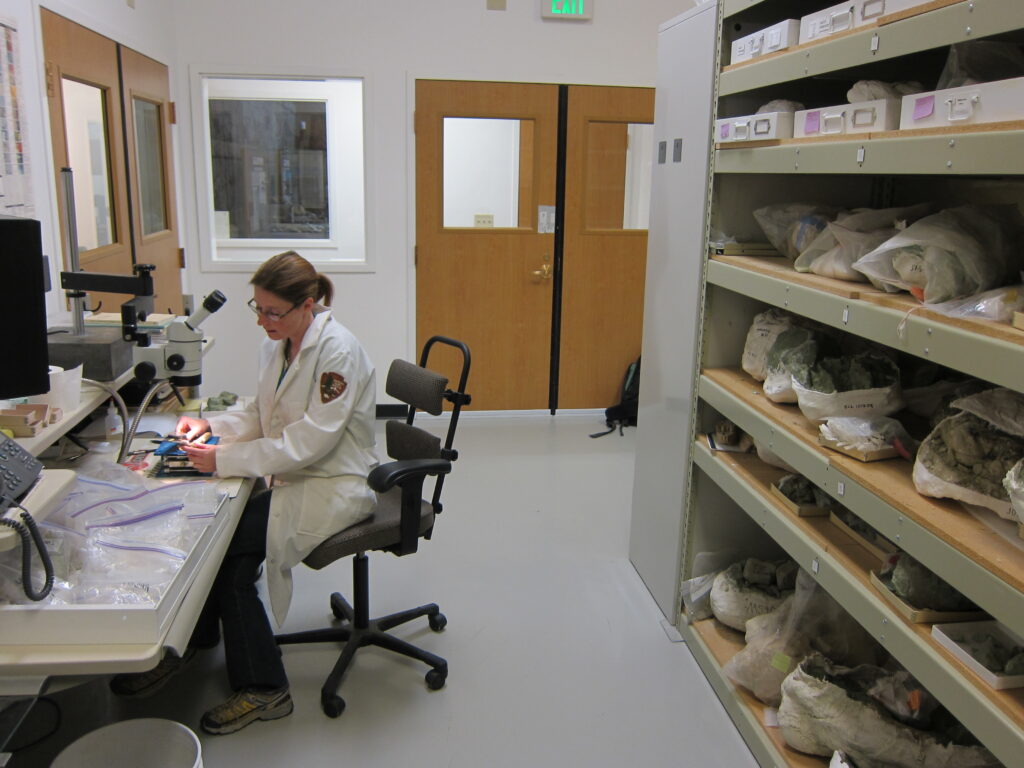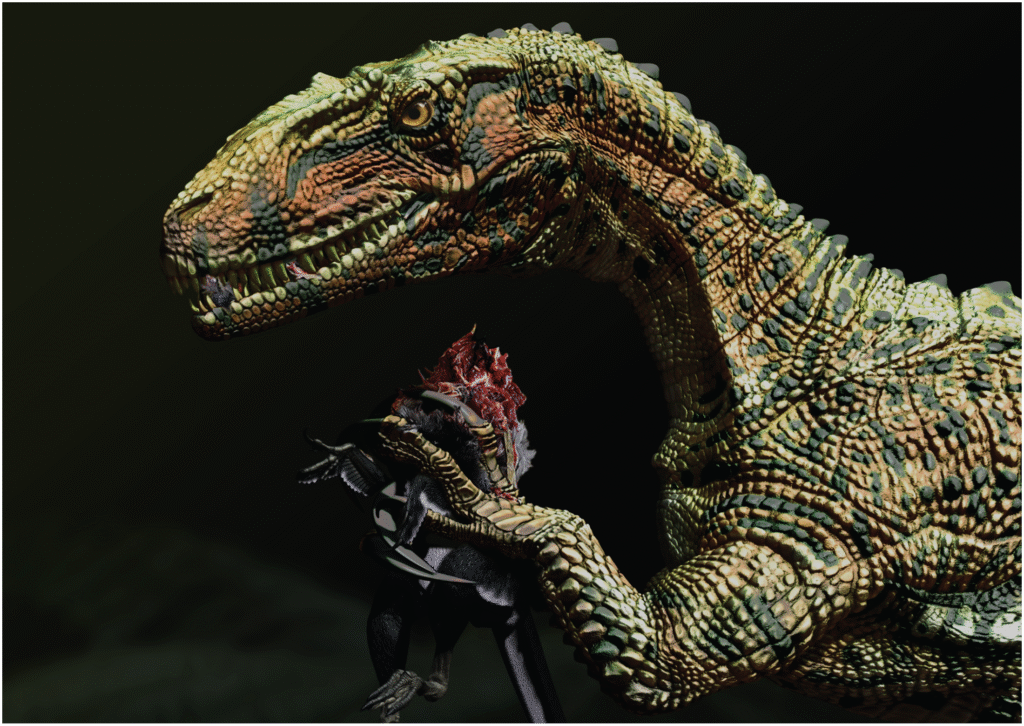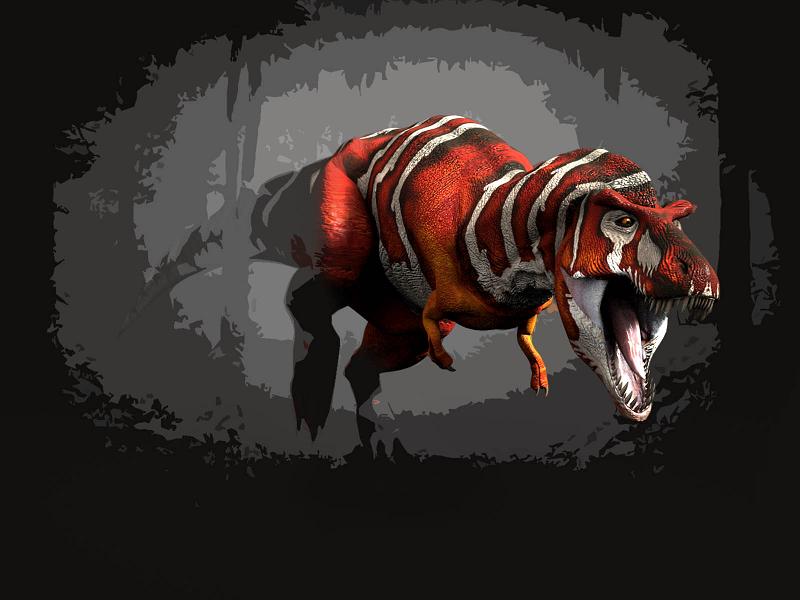Sir Arthur Conan Doyle, renowned for creating the meticulous detective Sherlock Holmes, also birthed a character of equal brilliance but opposing temperament—Professor George Edward Challenger. Unlike the composed Holmes, Challenger burst onto the literary scene as a bombastic, arrogant scientific genius whose greatest adventure led him to discover living dinosaurs on a remote South American plateau. Through “The Lost World” (1912) and subsequent stories, Doyle crafted a character who embodied the bold scientific inquiry of the early 20th century while entertaining readers with fantastical adventures that captured the imagination of generations.
The Literary Birth of Professor Challenger

rofessor George Edward Challenger first stomped into literary existence in 1912 with the publication of “The Lost World,” Arthur Conan Doyle’s groundbreaking adventure novel. Doyle, seeking a departure from his famous detective Sherlock Holmes, deliberately crafted Challenger as Holmes’ temperamental opposite—where Holmes was calculating and reserved, Challenger was impulsive and thunderous. The professor’s creation coincided with a period of intense public fascination with paleontology and unexplored regions of the globe, making his fictional discoveries particularly resonant with contemporary readers. Doyle reportedly based aspects of Challenger’s personality on Professor William Rutherford, his former physiology teacher at Edinburgh University, a man known for his imposing presence and intellectual ferocity. This careful character construction resulted in one of literature’s most memorable scientific figures, whose adventures would span multiple novels and short stories.
Physical Appearance and Temperament

Professor Challenger cut an unmistakable figure in literary fiction, described as having a massive barrel chest, a full black beard, and piercing blue eyes beneath prominent brows. His physical stature matched his outsized personality—standing at approximately 6 feet tall but appearing larger due to his immense chest and shoulders, giving him an almost simian appearance that Doyle frequently emphasized. Challenger’s most defining characteristic was perhaps his volcanic temperament, prone to explosive outbursts directed at anyone who questioned his scientific conclusions or intellect. He displayed little patience for fools or skeptics, famously throwing journalists from his home and challenging scientific authorities to physical confrontations when they doubted his discoveries. Despite these intimidating qualities, Challenger possessed a brilliant mind capable of remarkable leaps of scientific reasoning, and those who earned his respect discovered a fiercely loyal, if difficult, ally whose brusque exterior concealed genuine concern for scientific truth.
Academic Background and Scientific Expertise
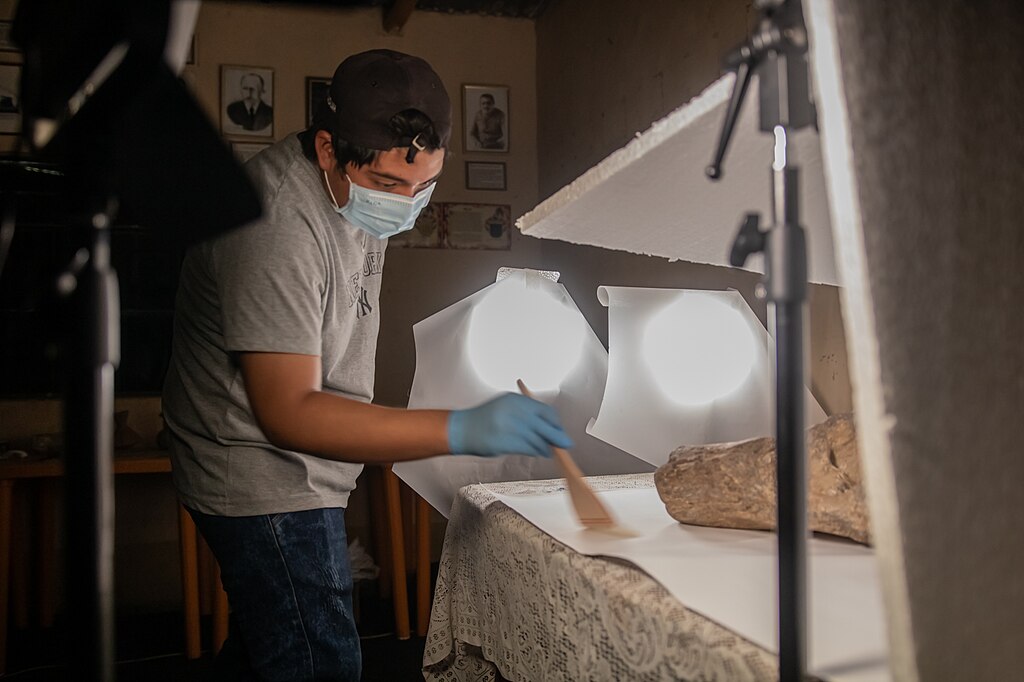
Professor Challenger’s academic credentials were as formidable as his personality, with Doyle establishing him as a polymath with expertise spanning multiple scientific disciplines. Formally educated at Edinburgh University, Challenger held multiple degrees and had established himself as a respected—if controversial—figure in the fields of zoology, geology, anthropology, and comparative anatomy before his famous expedition. His research prior to the Maple White Land discovery had already earned him recognition for groundbreaking work in the fields of evolutionary biology and paleontology. Challenger served as a professor at the fictional “University of London,” where his methods were considered unorthodox but undeniably effective. His academic approach combined rigorous scientific methodology with an unusual willingness to pursue seemingly impossible hypotheses that conventional scientists dismissed, making him simultaneously respected and ridiculed within the scientific establishment. This tension between institutional recognition and maverick methodology formed a central aspect of Challenger’s character, reflecting early 20th-century debates about the boundaries of scientific inquiry.
The Expedition to Maple White Land
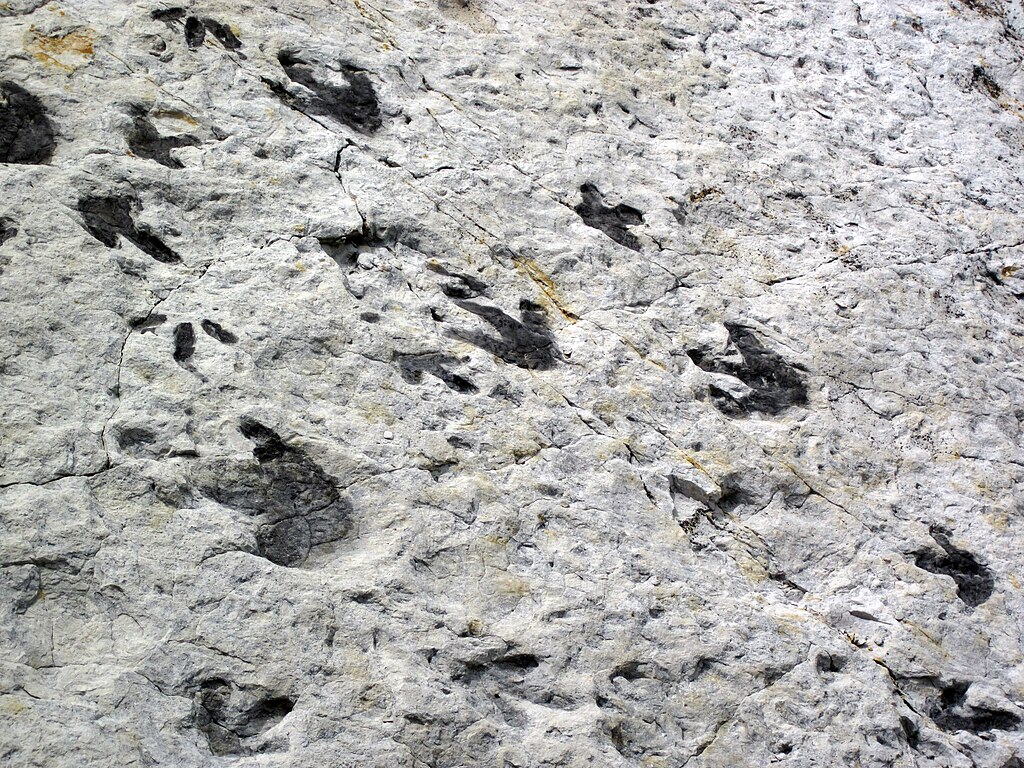
The defining adventure in Professor Challenger’s career began with his discovery of a strange notebook belonging to American explorer Maple White, containing drawings of dinosaurs allegedly seen alive in a remote South American region. Challenger mounted an expedition to this uncharted plateau rising abruptly from the Amazonian jungle, accompanied by skeptical journalist Edward Malone, hunter Lord John Roxton, and his scientific rival Professor Summerlee. The journey to the plateau represented a harrowing undertaking, involving navigation through hostile territory, encounters with indigenous tribes, and the precarious ascent of a seemingly unscalable cliff face. Upon reaching the plateau—later named “Maple White Land” in honor of the deceased explorer—the expedition discovered an ecological time capsule where prehistoric creatures continued to thrive in isolation from evolutionary pressures affecting the outside world. This scientific journey, meticulously detailed in “The Lost World,” established the template for countless lost world adventures that followed in literature, film, and other media throughout the 20th century.
Prehistoric Discoveries on the Plateau
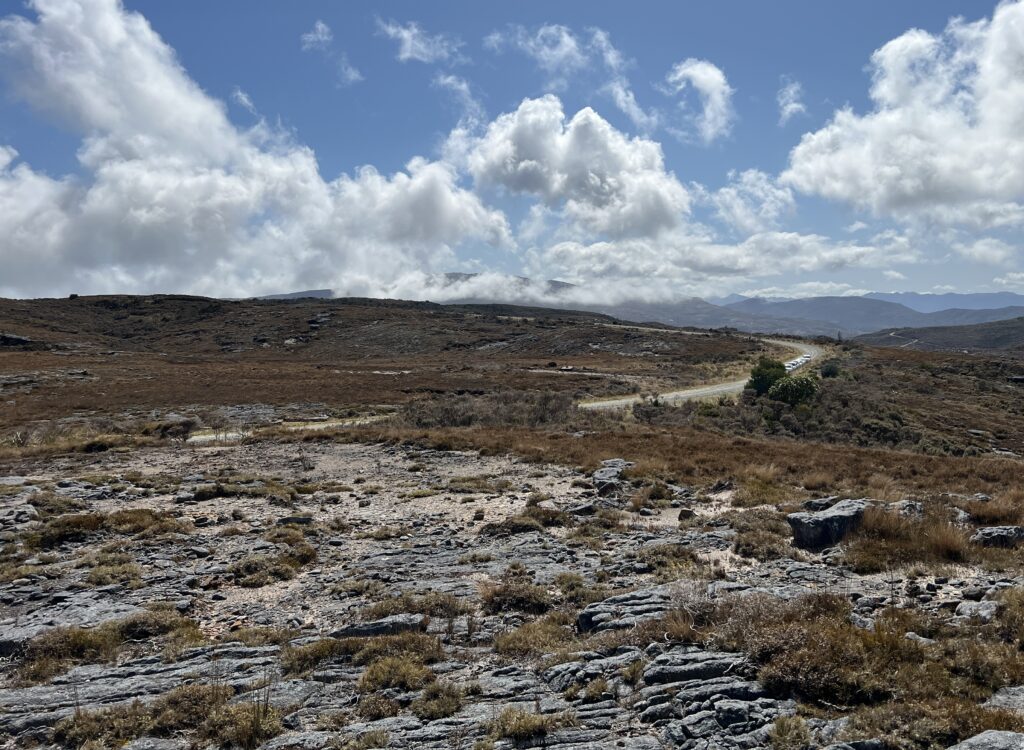
The prehistoric fauna Challenger and his companions encountered on the South American plateau represented a paleontologist’s wildest dream—living dinosaurs and other creatures thought extinct for millions of years. Among the most notable discoveries were pterodactyls nesting in the cliffs, iguanodons grazing in meadows, and several species of theropod dinosaurs, including the fearsome Allosaurus that repeatedly threatened the expedition. The plateau also housed prehistoric mammals, including early hominids that Doyle termed “ape-men,” representing an evolutionary branch between apes and humans. Challenger meticulously documented these findings with scientific precision, collecting specimens and making detailed observations of behavior patterns never before witnessed by modern science. The ecosystem Doyle created was remarkably prescient, anticipating later scientific theories about isolated evolutionary development and convergent evolution decades before these concepts became mainstream. The plateau’s geographical isolation allowed Doyle to create a plausible scientific explanation for prehistoric survival that, while fictional, contained enough scientific basis to feel tantalizingly possible to readers of the era.
Conflict with the Scientific Establishment
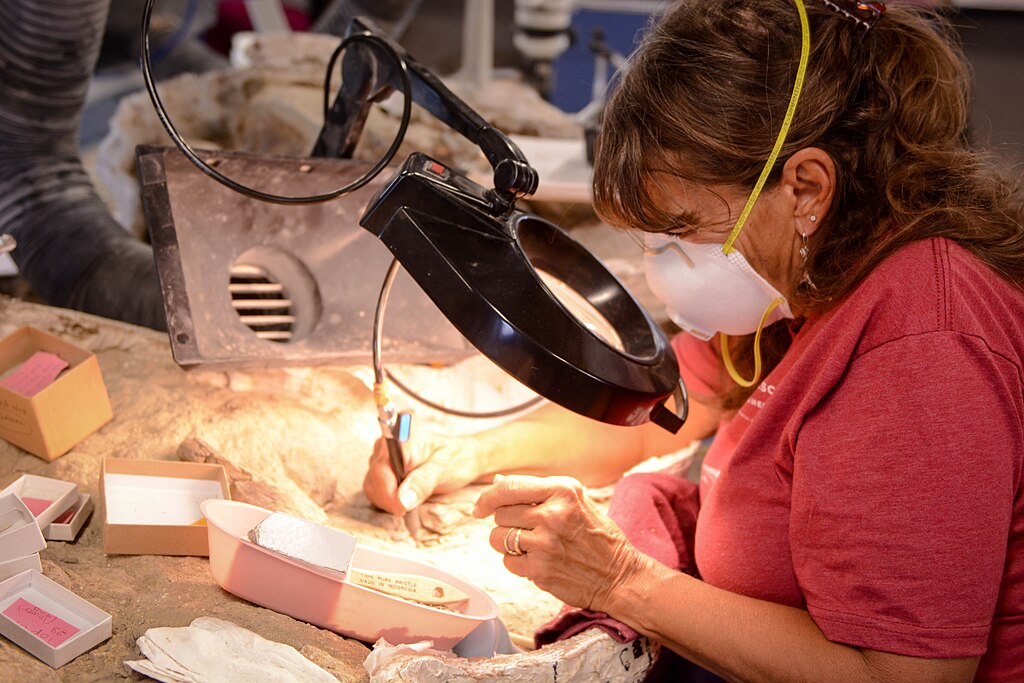
Challenger’s relationship with the broader scientific community remained contentious throughout his literary appearances, characterized by mutual disdain and occasional public confrontations. Upon returning from the plateau with evidence of living dinosaurs, Challenger faced overwhelming skepticism from his peers, who initially dismissed his findings as fabrication or misidentification. This tension culminated in a famous scene where Challenger presented a living pterodactyl to the Zoological Institute, vindicating his claims in spectacular fashion when the creature escaped and flew through London before disappearing over the Atlantic. The scientific establishment’s resistance to Challenger’s discoveries reflected real-world scientific conservatism of the early 20th century, when revolutionary theories often faced institutional resistance before eventual acceptance. Doyle used these conflicts to explore themes of scientific orthodoxy versus innovation, with Challenger serving as a battering ram against entrenched thinking. Despite eventual vindication, Challenger maintained his antagonistic relationship with scientific authorities, preferring to work independently rather than conform to institutional expectations.
Challenger’s Scientific Methods and Philosophy

Professor Challenger’s approach to scientific inquiry combined rigorous empiricism with imaginative hypothesis generation that frequently put him at odds with conventional methodology. He emphasized direct observation over theoretical speculation, famously stating that “one accurate observation is worth a lifetime of book learning.” Challenger’s willingness to physically travel to remote locations to verify theories firsthand contrasted sharply with the armchair scientific approach common among his peers. His scientific philosophy embraced the possibility of the extraordinary, maintaining that nature’s realities often exceeded human imagination—a perspective that enabled him to consider possibilities other scientists dismissed. Despite his openness to unexpected discoveries, Challenger remained fundamentally committed to the scientific method, demanding verifiable evidence and reproducible results before accepting even his own theories as fact. This combination of imaginative thinking and evidentiary rigor made him uniquely positioned to make discoveries that eluded more conventional scientists, while still maintaining scientific credibility despite his unorthodox methods.
Relationships with Fellow Adventurers
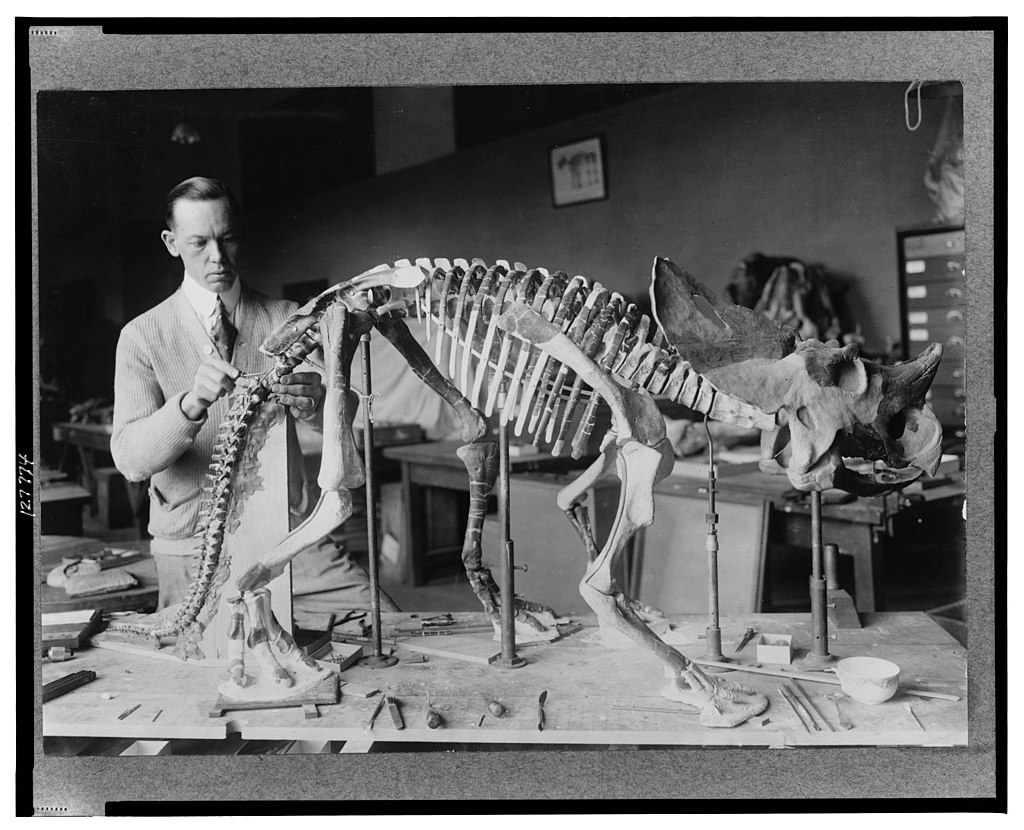
The expedition to Maple White Land forged complex relationships between Challenger and his companions that evolved from initial antagonism to mutual respect. His relationship with Professor Summerlee represented the most dramatic transformation, beginning as bitter academic rivalry and gradually developing into a grudging professional respect as they faced shared dangers. With Lord John Roxton, the aristocratic hunter, Challenger maintained a relationship characterized by mutual recognition of different but complementary expertise—Challenger’s scientific knowledge paired with Roxton’s practical survival skills. Edward Malone, the journalist narrator of “The Lost World,” perhaps underwent the most significant relationship evolution with Challenger, transitioning from intimidated observer to trusted chronicler of the professor’s discoveries. These relationships revealed nuances in Challenger’s character, demonstrating that beneath his bombastic exterior lay a capacity for loyalty and even friendship with those who proved their worth through intelligence or courage. Doyle used these evolving relationships to humanize Challenger throughout the narrative, showing how shared adversity could temper even his notorious temperament.
Beyond The Lost World: Challenger’s Other Adventures

While “The Lost World” remains Challenger’s most famous adventure, Doyle continued the professor’s story through several additional works that expanded his scientific repertoire beyond paleontology. In “The Poison Belt” (1913), Challenger predicted Earth’s passage through a region of poisonous ether in space, gathering his companions to observe what appeared to be humanity’s extinction. “The Land of Mist” (1926) took a controversial turn, placing the empirically-minded Challenger in conflict with spiritualism—a subject Doyle personally embraced but which the fictional professor initially rejected. Two short stories, “When the World Screamed” and “The Disintegration Machine,” showcased Challenger experimenting with earth’s consciousness and matter-transportation technology respectively. These additional adventures expanded Challenger’s character beyond the dinosaur-hunting explorer of his debut, demonstrating his intellectual versatility across scientific disciplines from geology to physics. While less well-known than “The Lost World,” these subsequent stories completed Doyle’s portrait of Challenger as a comprehensive scientific genius whose interests and capabilities spanned the entire spectrum of natural phenomena.
Cultural Impact and Literary Significance

Professor Challenger’s influence extended far beyond Doyle’s original stories, establishing foundational tropes that would influence adventure fiction for decades to follow. The “lost world” narrative pattern Challenger pioneered—featuring isolated prehistoric environments, scientific exploration teams, and the tension between exploitation and preservation—became a staple of popular fiction, influencing works from Michael Crichton’s “Jurassic Park” to numerous films, television programs, and comics. As a character archetype, Challenger introduced the brilliant but difficult scientific genius, paving the way for similar figures across literature and other media. His adventures coincided with and likely influenced the public’s growing interest in paleontology and exploration during the early 20th century, when real-world scientific expeditions received unprecedented public attention. Within literary criticism, Challenger’s stories represented an important bridge between Victorian scientific romance and modern science fiction, combining scientific plausibility with adventure narrative in ways that would define the latter genre’s development. Challenger’s enduring cultural presence is evidenced by numerous adaptations and references across various media, cementing his position as one of literature’s great scientific adventurers.
Doyle’s Scientific Influences and Research

Arthur Conan Doyle drew upon extensive scientific knowledge and contemporary discoveries when crafting Challenger’s adventures, incorporating cutting-edge theories and debates of his era. Doyle’s medical training provided him with a strong scientific foundation, while his wide reading kept him informed about developments in evolutionary theory, geology, and paleontology. The concept of a lost plateau with surviving prehistoric species drew inspiration from real plateaus like Mount Roraima in South America, which featured unique endemic species due to their isolation. Doyle likely researched accounts from explorers of the Amazon basin, incorporating authentic details about the region’s geography, indigenous peoples, and flora. His depictions of dinosaurs reflected the most current paleontological understanding of the early 20th century, though some aspects (like the pterodactyls’ behaviors) were necessarily speculative given the limited fossil evidence available. Doyle’s scientific research extended to astronomy and geology for later Challenger stories, demonstrating his commitment to grounding even fantastic adventures in plausible scientific frameworks. This attention to scientific detail gave Challenger’s adventures a verisimilitude that distinguished them from pure fantasy, creating a sense that such discoveries, while unlikely, remained tantalizingly possible.
Challenger vs. Holmes: Doyle’s Contrasting Creations

Arthur Conan Doyle deliberately constructed Professor Challenger as an intellectual counterpoint to Sherlock Holmes, creating two brilliant characters who approached the world through fundamentally different temperaments and methodologies. Where Holmes approached mysteries with cool, analytical detachment, Challenger attacked scientific questions with passionate intensity and emotional investment. Holmes operated primarily through deductive reasoning, while Challenger emphasized empirical observation and experimentation. Physically, the contrast was equally stark—Holmes’ lean, hawkish features and controlled movements versus Challenger’s barrel-chested, simian appearance and explosive gestures. Despite these differences, both characters shared Doyle’s fascination with observation and evidence, reflecting different aspects of the scientific mind. Holmes represented the analytical, logical side of scientific inquiry, while Challenger embodied its passionate, intuitive aspects. Through these contrasting characters, Doyle explored complementary approaches to understanding the world, suggesting that both methodical analysis and bold hypothesis generation have crucial roles in advancing knowledge. This deliberate character counterpoint demonstrated Doyle’s sophisticated understanding of different intellectual temperaments and his ability to create complex, fully realized characters representing diverse approaches to scientific and investigative thinking.
The Legacy of Professor Challenger in Modern Fiction
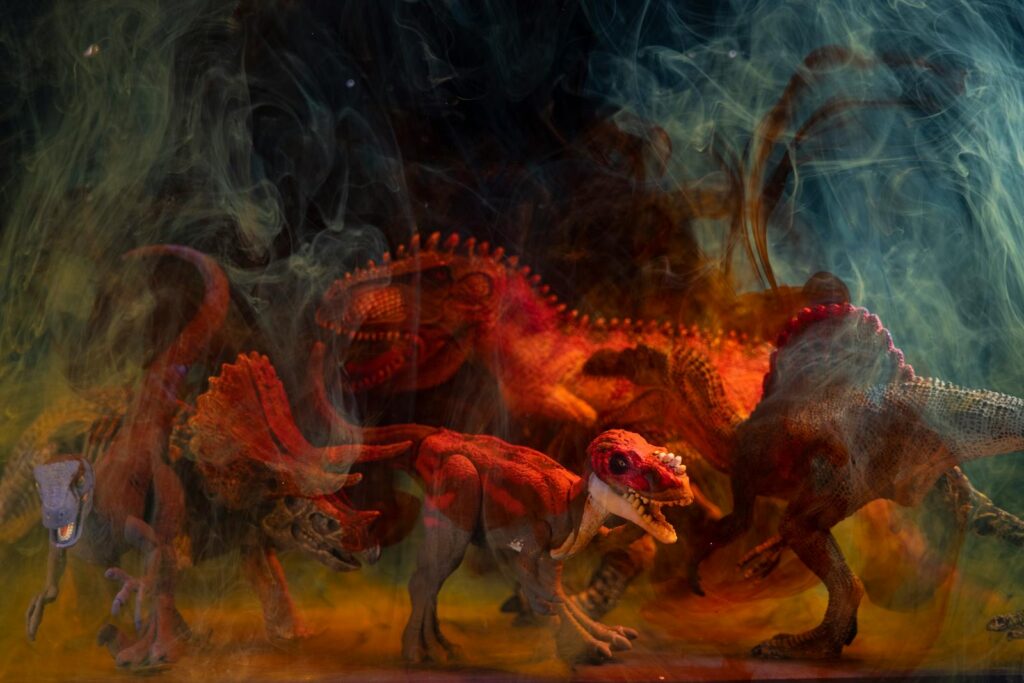
Professor Challenger’s DNA remains evident in countless fictional scientists and adventurers who followed him into print, film, and television. His influence is particularly apparent in characters who combine scientific brilliance with difficult personalities, from Doc Savage to Dr. Ian Malcolm in “Jurassic Park”—the latter appearing in a narrative that clearly owes a substantial debt to “The Lost World.” Contemporary fiction continues to employ the Challenger archetype when depicting scientists who challenge orthodoxy, particularly in speculative fiction where brilliant but abrasive experts confront extraordinary phenomena. The lost world narrative pattern Challenger pioneered has evolved into a distinct subgenre spanning multiple media, from novels like James Rollins’ “Amazonia” to films like “Kong: Skull Island.” Modern paleontological adventure stories consistently reference Doyle’s original, either explicitly or through structural homage. Even reality television has embraced aspects of the Challenger legacy through programs featuring scientific expeditions to remote regions in search of cryptozoological specimens. This enduring influence testifies to Doyle’s success in creating not just a memorable character but an entire narrative framework that continues to resonate with audiences fascinated by the possibility of undiscovered wonders in an increasingly mapped and categorized world.
Conclusion
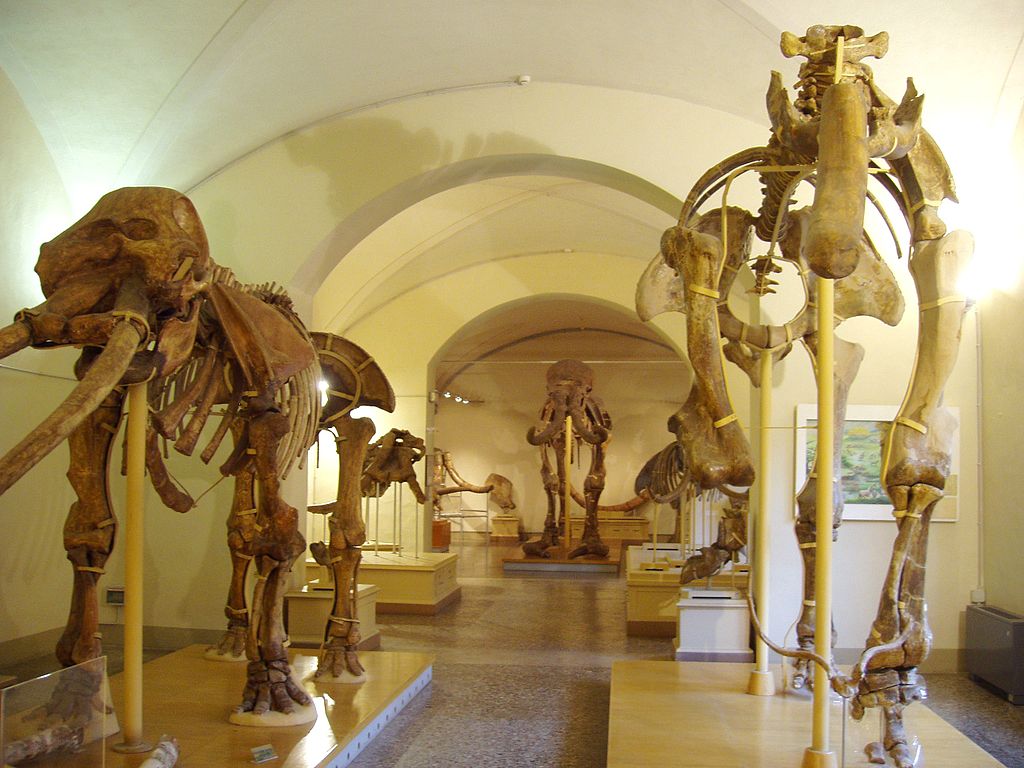
Professor George Edward Challenger stands as one of literature’s great scientific adventurers—a character whose intellectual brilliance was matched only by his thunderous personality. Through him, Arthur Conan Doyle explored the excitement of scientific discovery during an age when the world still contained unmapped territories and unanswered questions. While fictional, Challenger’s adventures captured the spirit of early 20th-century scientific exploration and the public’s fascination with paleontology and evolutionary theory. More than a century after his literary debut, his influence continues in countless fictional explorers and in our cultural fascination with lost worlds. Though the real Earth may not harbor living dinosaurs on remote plateaus, Challenger’s legacy reminds us that the scientific spirit he embodied—curious, bold, and unwilling to accept conventional limitations—remains essential to expanding human knowledge and understanding.

